
Story of the Week... Editorial of the Week... El Niño/La Niña Update... Toon of the Week... Quote of the Week... SkS Spotlights... Video of the Week... Coming Soon on SkS... Poster of the Week... SkS Week in Review... 97 Hours of Consensus...

Didja Djibrillah sits alone in a booth at COP23, the annual Conference of the Parties (COP23), a yearly meeting for member states of the United Nations Framework Convention on Climate Change (UNFCCC) to address global progress in fighting climate change. A video plays, to an empty room, about the effects of climate change on her nomadic community. “Each day begins at 5 am to grind couscous in 50-degree [Celsius] heat,” she explains to VICE Impact. There are no grocery stores, and it’s the women’s role to search for food and water. Climate change makes their journeys longer.
The United Nations’ new Gender Action Plan (GAP), finalized by UNFCCC member states at COP23, aims to recognize the adverse effects of climate change on women, like Didja. It also recognizes they’re key to their communities’ long-and-short-term survival, and aims to ensure disenfranchised women can help spearhead solutions - both at global policy making and local grassroots levels. Based on current trends, women won’t have equal representation in government until 2134. In the UNFCCC, comprised of 197 different nations, gender equality will not be reached until 2040 - and that number is declining
Yannick Glemarec, Assistant Secretary-General and Deputy Executive Director for Policy and Programme for UN Women, tells VICE Impact, “What is becoming extremely powerful is the recognition that women are not only a vulnerable group, but they’re also agents of change. We have basically one of the most powerful solutions to address climate change at scale.”
Empowering Women Could Reduce Climate Change by Jessica Williamson, Vice Impact, Jan 4, 2018
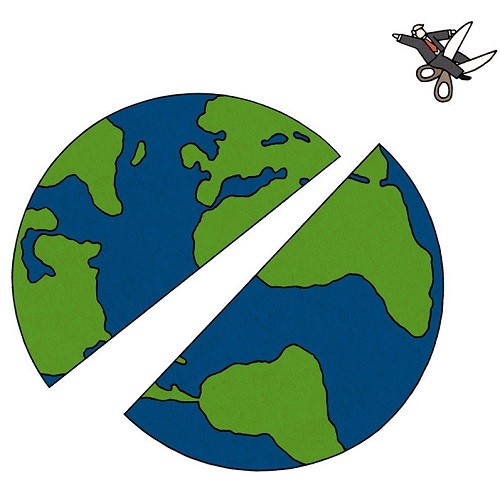
After almost a year in office, President Trump has yet to name a science adviser and director of the White House Office of Science and Technology Policy. Since World War II, no American president has shown greater disdain for science — or more lack of awareness of its likely costs.
The O.S.T.P. was authorized by Congress in May 1976 to give the president “independent, expert judgment and assistance on policy matters which require accurate assessments of the complex scientific and technological features involved.” It has played an important role in coordinating national science and technology activities and policies among federal agencies.
The director of the office, who is nominated by the president and requires Senate approval, typically serves as the president’s science adviser, providing him with confidential, unbiased counsel. Much of what the federal government does and the many policy changes the president and his appointees are now making or hope to make have scientific and technological underpinnings.
Trump’s Disdain for Science, Opinion by Neal F. Lane & Michael Riordan, New York Times, Jan 4, 2018
Neal F. Lane, a former science adviser to President Bill Clinton, is a senior fellow in science and technology policy at the Baker Institute at Rice University. Michael Riordan, author of “The Hunting of the Quark,” has taught the history of physics at Stanford and the University of California, Santa Cruz.
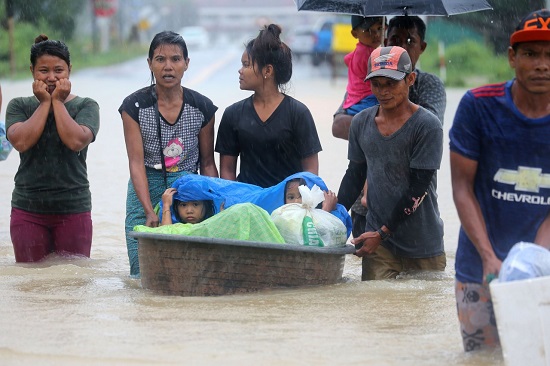
Similar weather conditions to those that occurred during the nation’s second most severe flooding in 1995 is predicted for this year, according to weather experts. They are warning that an expected “La Nina” condition will bring more rain and storms than usual to Thailand, and that increasingly extreme and unpredictable weather should be expected as a result of climate change.
‘La Nina’ weather in 2018 increases likelihood of major flooding: experts by Pratch Rujivanarom, The Nation (Thailand), Jan 7, 2018
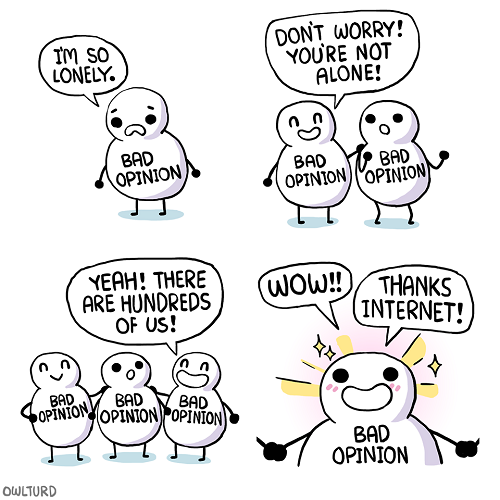
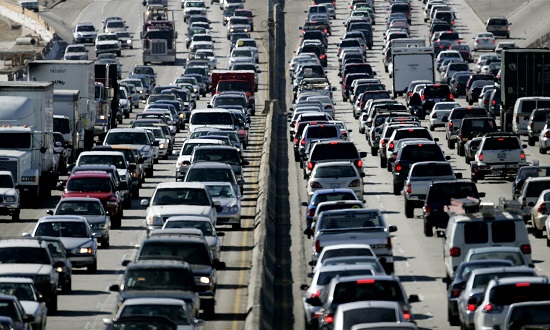
Some of the most common avatars of climate change – hulking power stations and billowing smokestacks – may need a slight update. For the first time in more than 40 years, the largest source of greenhouse gas pollution in the US isn’t electricity production but transport – cars, trucks, planes, trains and shipping.
Emissions data has placed transport as the new king of climate-warming pollution at a time when the Trump administration is reviewing or tearing up regulations that would set tougher emissions standards for car and truck companies. Republicans in Congress are also pushing new fuel economy rules they say will lower costs for American drivers but could also weaken emissions standards.
Opponents of the administration fret this agenda will imperil public health and hinder the effort to address climate change.
“This Environmental Protection Agency doesn’t seem to have met an air regulation that it likes,” said Mary Nichols, chair of the California Air Resources Board and a former EPA assistant administrator. “I’ve not seen any evidence that this administration knows anything about the auto industry, they just seem to be against anything the Obama administration did.
“Vehicle emissions are going up, so clearly not enough is being done on that front. The Trump administration is halting further progress at a critical point when we really need to get a grip on this problem.”
Vehicles are now America's biggest CO2 source but EPA is tearing up regulations by Oliver Milman, Greenhouse Gas Emissions, Guardian, Jan 1, 2018
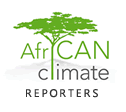
African Climate Reporters is an online news portal dedicated to opening new perspective in the coverage and reportage of climate change and the region’s environment.
Founded in 2007, InsideClimate News is a Pulitzer Prize-winning, non-profit, non-partisan news organization dedicated to covering climate change, energy and the environment.
InsideClimate News: Celebrating 10 Years of Watchdog Environmental Journalism, YouTube, Nov 2, 2017
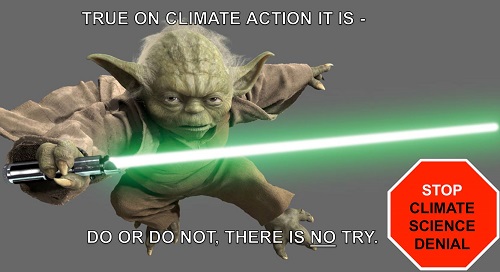
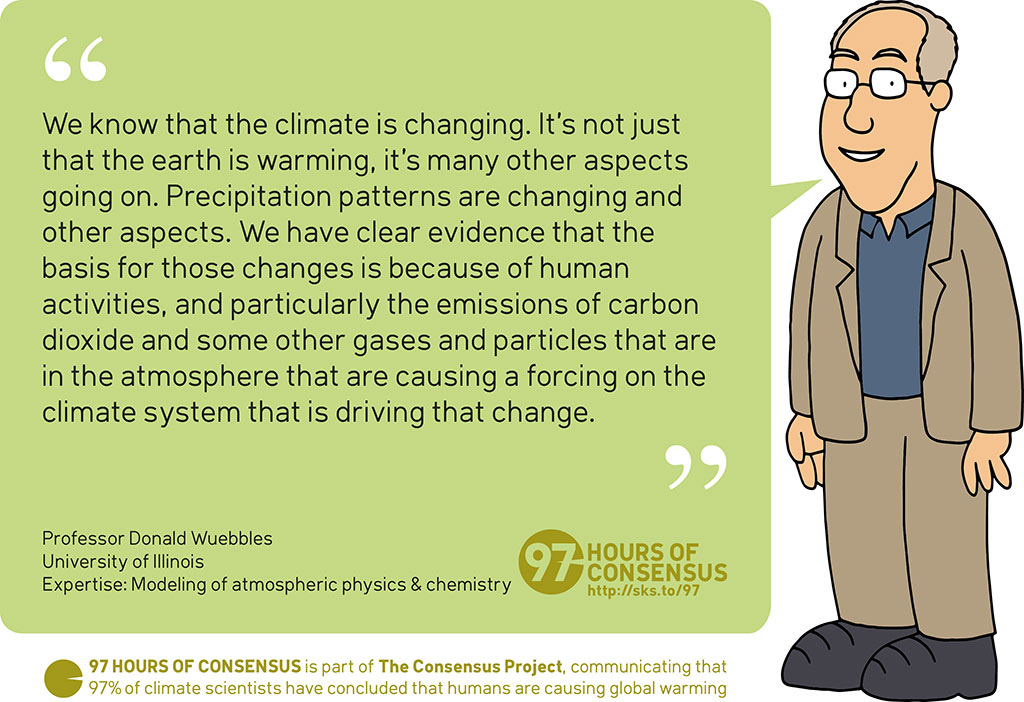
Donald Wuebbles' bio page and Quote source
High resolution JPEG (1024 pixels wide)
Posted by John Hartz on Sunday, 7 January, 2018
 |
The Skeptical Science website by Skeptical Science is licensed under a Creative Commons Attribution 3.0 Unported License. |